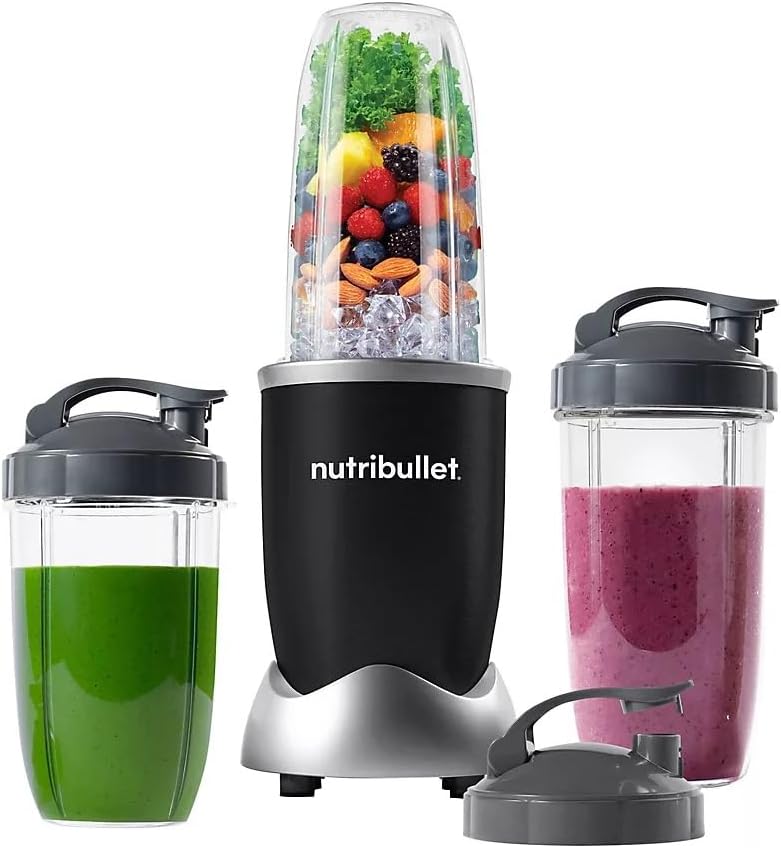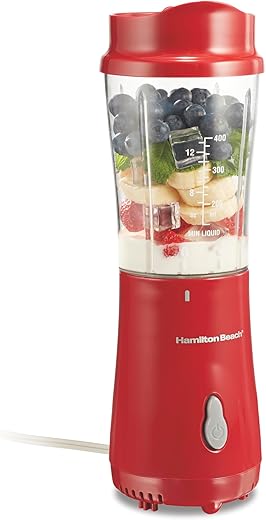The step-by-step guide “How to Troubleshoot Common Issues with the Kocak Portable Blender” provides users with practical solutions for resolving frequent problems encountered with this convenient kitchen appliance. It covers a range of issues such as the blender not turning on, poor blending performance, and battery-related concerns. Each step is designed to help users identify the root cause of the problem and offers clear instructions for fixing it, ensuring that the blender continues to function optimally for making smoothies, shakes, and other blended drinks.
Do You Speak English? Forget You (Original Meme) #Shorts
Check Power Supply
- Verify that the blender is fully charged if it is a cordless model. Check the charging indicator light to confirm it is receiving power.
- If using a corded model, ensure the blender is securely plugged into a functioning outlet.
- Test the outlet by plugging in another device to see if it works properly.
- Inspect the charging cable for any visible damage, such as fraying or cuts.
- If the cable appears damaged, replace it with a compatible one.
- If the outlet is faulty, consider using a different outlet or reset the circuit breaker if necessary.
Inspect the Blade Assembly
Inspect the blade assembly for any obstructions or damage. Look closely at the blades for any signs of dullness, chips, or cracks that could affect performance. Remove any food particles or debris that may be stuck to the blades or surrounding areas, as these can hinder the assembly’s operation. Ensure that the blade assembly is securely attached to the machine; wiggle it gently to check for movement, which may indicate it is loose. For example, if you find bits of fruit or vegetable stuck in the crevices, use a soft brush or cloth to carefully clean the area.
Examine the User Manual
Refer to the user manual for specific troubleshooting steps related to your model. Locate the troubleshooting section, which often includes a list of common problems and their solutions. Identify the issue you are experiencing, and follow the outlined steps carefully. Utilize the maintenance tips provided to ensure optimal performance and longevity of your device.
Test the Safety Mechanism
Check all components of the portable blender before use. Ensure the blending jar is tightly screwed onto the base and that the blade assembly is correctly installed. Verify that the safety lid is securely in place, as many models will not operate unless these parts are properly aligned. Test the blender by pressing the power button; it should only activate if everything is assembled correctly.
Check for Overheating
If your blender stops working suddenly, check if it has overheated. Allow the appliance to cool down for 15-20 minutes before trying to use it again. During this time, unplug the blender and move it to a well-ventilated area to help dissipate heat. After the cooling period, inspect the blender for any visible signs of damage or burnt smell, and then plug it back in to test if it operates properly.
Clean the Blender
Fill the blender container with warm soapy water and blend for 30 seconds to loosen any stuck-on residue. Remove the container and carefully wash the inside with a sponge, paying special attention to the corners and the area around the blades, where food particles tend to accumulate. Rinse the container thoroughly under running water to remove all soap residue. Wipe down the base of the blender with a damp cloth, ensuring that no food particles or moisture remain, as this can affect the performance and longevity of your appliance.
Examine the Motor
- Listen for unusual sounds while the blender is running. Pay attention to any grinding, rattling, or high-pitched noises that seem out of place.
- Note if the motor sounds strained or sluggish during operation. This could indicate that the motor is struggling to perform efficiently.
- Stop using the blender immediately if you notice any irregular sounds. Continuing to operate a malfunctioning motor can lead to further damage.
- Consult a professional if you suspect that the motor may require repair or replacement. Provide them with detailed information about the sounds and any other issues you observed.
Test Compatibility with Ingredients
Check the manufacturer’s specifications for your blender’s capacity limits before use. Avoid overloading it with hard ingredients like whole carrots or frozen fruits, as this can lead to motor strain or even damage. Start by adding softer ingredients, such as fresh fruits or cooked vegetables, and gradually incorporate harder items if the blender allows. Monitor the blending process; if you hear unusual noises or notice the motor struggling, stop immediately and reduce the load.
Reset the Blender
Locate the reset button on your blender, which is often found on the back or bottom of the unit. Press the button firmly to initiate the reset process. This action can help resolve minor glitches that may affect the blender’s performance. After resetting, check if the blender operates smoothly and as expected.
Seek Professional Help
Contact customer support if the blender still does not function properly after attempting all troubleshooting steps. Gather all relevant information, such as the model number and a detailed description of the issue, before calling or emailing. Take the blender to a qualified technician if you prefer in-person assistance, ensuring you bring any warranty information and proof of purchase. Be prepared to explain the problem clearly, as this will help the technician diagnose and resolve the issue more efficiently.
Final Tips and Solutions
In conclusion, effectively troubleshooting common issues with the Kocak Portable Blender is essential for ensuring optimal performance and longevity. By adhering to the outlined steps and maintaining the device properly, users can not only resolve potential problems but also enjoy a more satisfying blending experience. Remember, regular care and mindful usage are key to getting the most out of your portable blender.










I found that sometimes my blender would trip the safety mechanism even when everything seemed fine. I just kinda wiggle the base a bit before starting, and it works! Anyone else tried this? Would be cool to see if it’s just me.
Interesting variation! Sometimes a loose connection can trigger the safety mechanism. It might be worth checking the assembly as well, but your approach might help others avoid frustration too!
This is super helpful! I’ve had my Kocak Portable Blender for a while now, and it started acting weirdly. I just followed your steps and it works like new! Maybe consider adding troubleshooting for the battery life too? That would be awesome!
I love my Kocak Blender! I had a problem with it not blending properly, but after checking the blade assembly, I found a small piece of fruit stuck in there. Cleared it out and it blended everything smoothly after that! Definitely saved me a trip to the store.
Thanks for sharing your success story! It’s great to hear that a quick inspection solved your blending issue. We’ll definitely consider including tips for maintaining battery life in future articles!
I wish there were more tips on how to blend tougher ingredients like frozen fruits or ice. I’ve had to tweak my blending settings a bit, so maybe a future guide on that would be great!
Great suggestion! Blending tougher ingredients can be tricky, and we’ll definitely consider creating a guide focusing on that. Thanks for the feedback!
I absolutely love using my Kocak Blender for smoothies and shakes, but I sometimes have trouble with it not starting. The guide helped, but what about tips for making nut butters? Would love to see that covered in the future!
Thanks for your input! Nut butters can be a challenge, and we’ll look into creating a guide specifically for that. Happy blending!